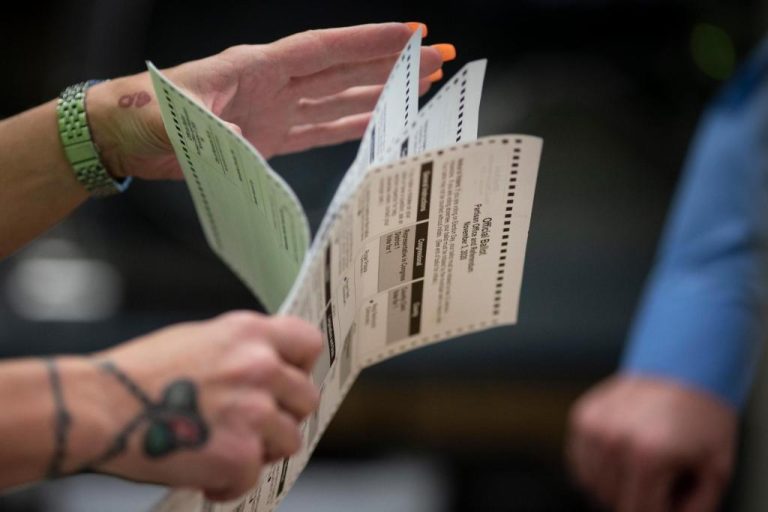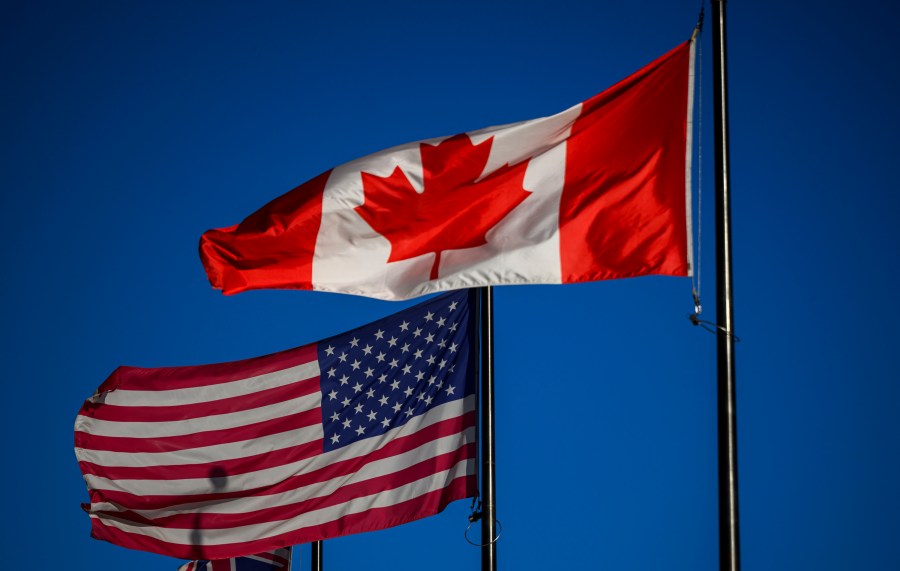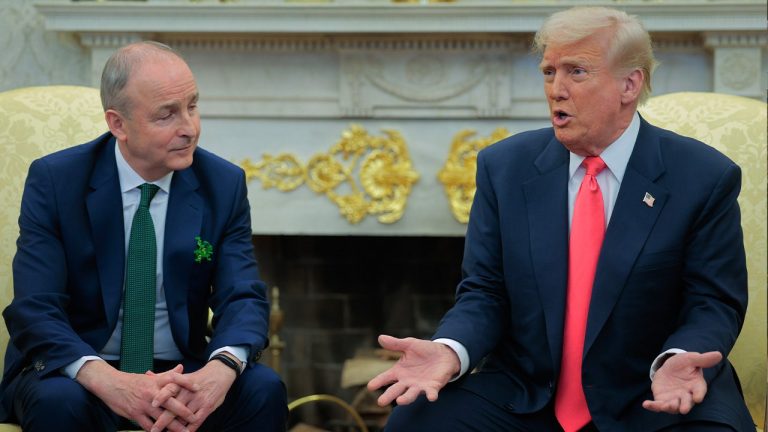We hardly needed the reminder, but golf star Jon Rahm offered a cash-soaked one anyway. When the No. 3 player in the world and Torrey Pines favorite confirmed he will leave the PGA Tour for LIV Golf, it spoke loudly.
The money mattered, after all.
For a couple of years, Rahm had painted himself as the ultimate golf traditionalist. He pooh-poohed the rogue, Saudi-backed circuit’s 54-hole, shotgun-start, no-cut format. It was not the golf he had grown to love. It was not the golf of Tour trailblazers Hogan, Nicklaus and Palmer.
“I think the best legacy I can accomplish is on the PGA Tour,” Rahm said in 2022. “Everybody’s free to make their own choice, it’s as simple as that. All I can say is from somebody young like myself who has his entire future ahead of him, it doesn’t seem like a smart thing.
“Again, the only appeal I see is monetary, right? So like I said just earlier on, I think there’s a lot more to be able to play for besides just money on the PGA Tour. There’s history. There’s legacy. At the end of the day, I’m in this to win tournaments. I’m in this to play against the best in the world.”

Masters champion Jon Rahm bolted for Saudi-funded LIV Golf on Thursday for what’s believed to be more money than the PGA Tour’s entire prize fund.
(Scott Taetsch / Associated Press)
Then LIV showed him all the zeroes on a check. His deal reportedly will be for at least $300 million and likely much more.
Given the flag Rahm had planted in pledging loyalty to the Tour, it became the ultimate everyone-has-a-price moment. We’ve seen money destroy the century-old Pac-12 Conference. We’ve seen it rock college football with its endless NIL, transfer portal turnstile.
The 180-degree shift of Rahm shook golf to its core. The reverberations will be felt at Torrey Pines, where he won the 2017 Farmers Insurance Open and 2021 U.S. Open. He was also the Farmers runner-up in 2020 and a constant on the January leaderboard. He proposed to his wife, Kelley, in San Diego.

Jon Rahm holds the 2021 U.S. Open championship trophy for photographers as he stands with his wife, Kelley, and their child, Kepa.
(Marcio Jose Sanchez / Associated Press)
It’s probably unwise to definitively say Rahm’s days at Torrey Pines are over, as sobering and real as that possibility seems. The Tour and LIV are working on a business-relationship merger that always could grow into an evolving competitive one.
It seems like a never-say-never thing, but it’s clear his focus and workload will be LIV-related.
Marty Gorsich, tournament director of the Farmers Insurance Open, said no LIV players have asked for an exemption into his event and he knows of no other events nationally where that has been the case. Even if, hypothetically, a LIV player wanted to enter a hometown event, there is no memo or directive from the Tour on how to handle that.
These are the ultimate shifting sands. For now, though, Rahm is LIV-bound.
“Could things change and a year from now and Jon Rahm comes back?” Gorsich said. “Who knows? That’s how wild this stuff is.”
One of the sizable appeals of LIV, however, is the shorter work weeks and much smaller schedule. Get paid more. Work less. Less taxing. Fewer miles on the swing. Spend more time with family. Who wouldn’t sign up for that deal in their professional lives?
The Tour, meanwhile, is requiring players to be involved in so-called elevated events.
One is a grind. The other, not so much.
Even if LIV players were welcomed with open arms at weekly events, why would someone getting paid a fortune sign up for a part-time job? The majors will continue to matter and that door seems to remain open to players who bolted. The other stops will face diminishing appeal, even if playing in them becomes possible.

Jon Rahm, right greets Phil Mickelson during a practice round before July’s British Open.
(Peter Morrison / Associated Press)
Instead of simply luring aging stars like San Diego’s own Phil Mickelson, LIV now is the home of some of the game’s most relevant names. Rahm, a four-time winner last season and reigning Masters champion, injects a shot of credibility by joining a lineup with Dustin Johnson, Brooks Koepka and Cameron Smith.
LIV is no longer the plucky, rowdy golf experiment with bottomless pockets. By lassoing a player of Rahm’s pedigree, convincing him to weather an uncomfortable about face in the process, it has legitimizing traction.
The loss of Rahm at Torrey Pines will sting. He notched his first Tour victory at the Farmers with a snaking, 60-foot eagle putt on 18. He nearly pumped his arm out of its socket after curling in an 18-footer on the same hole nearly four and a half years later to lock down the Open, his first major.
Rahm had become part of the legend and legacy of Torrey Pines. We were reminded, however, that even legacies have a price.






